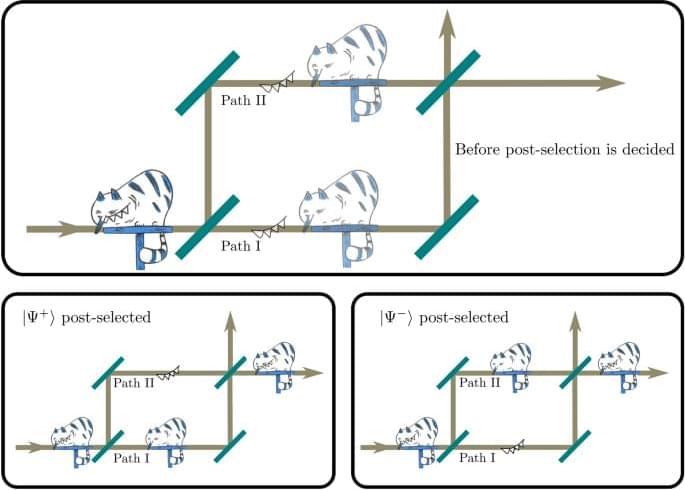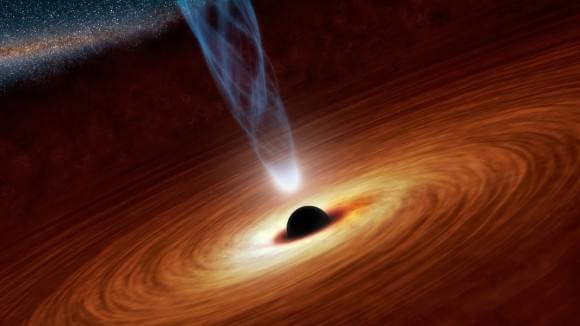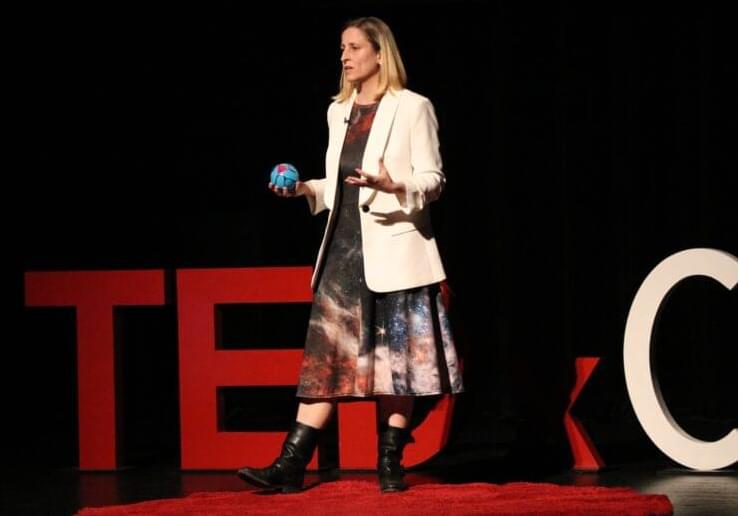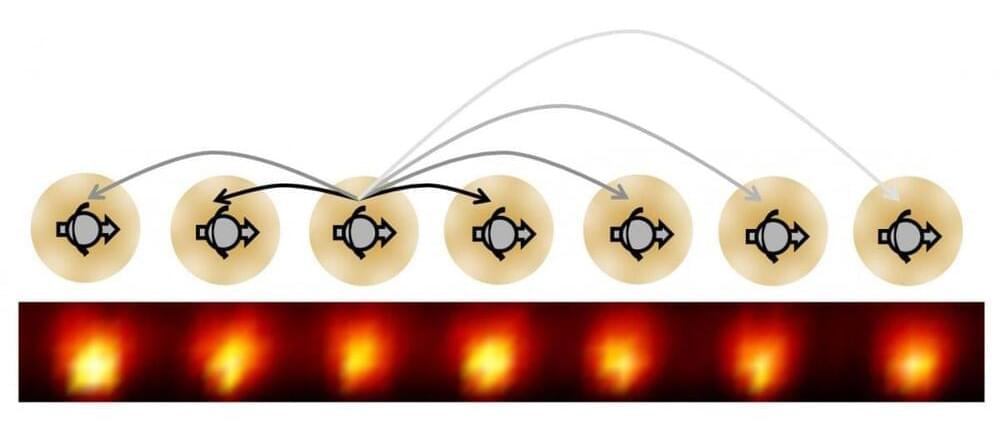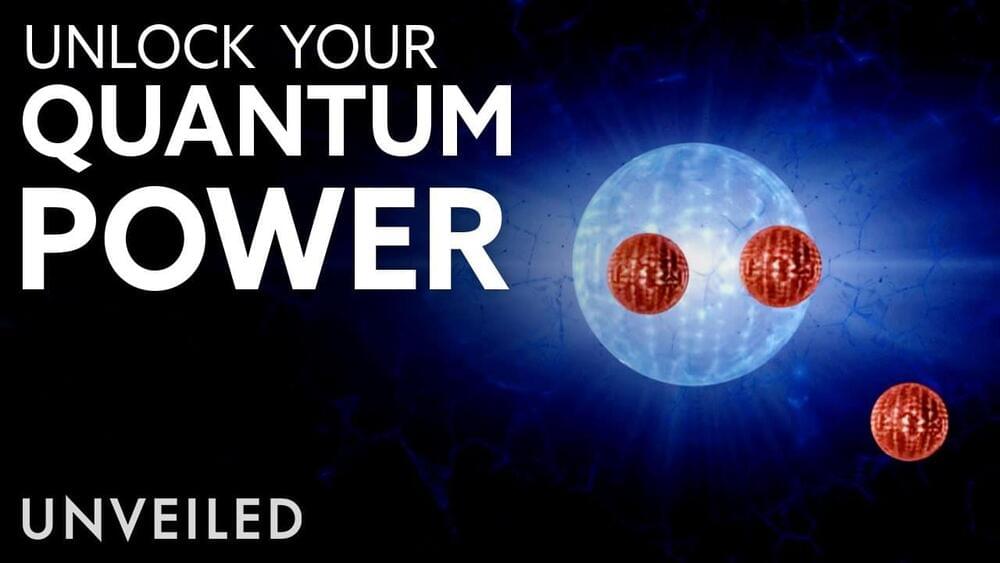Mar 15, 2023
High-performance photon detectors to combat spies in the quantum computing age
Posted by Dan Breeden in categories: computing, particle physics, quantum physics
How can we combat data theft, which is a real issue for society? Quantum physics has the solution. Its theories make it possible to encode information (a qubit) in single particles of light (a photon) and to circulate them in an optical fiber in a highly secure way. However, the widespread use of this telecommunications technology is hampered in particular by the performance of the single-photon detectors.
A team from the University of Geneva (UNIGE), together with the company ID Quantique, has succeeded in increasing their speed by a factor of twenty. This innovation, published in the journal Nature Photonics, makes it possible to achieve unprecedented performances in quantum key distribution.
Buying a train ticket, booking a taxi, getting a meal delivered: these are all transactions carried out daily via mobile applications. These are based on payment systems involving an exchange of secret information between the user and the bank. To do this, the bank generates a public key, which is transmitted to their customer, and a private key, which it keeps secret. With the public key, the user can modify the information, make it unreadable and send it to the bank. With the private key, the bank can decipher it.


